Japan’s winter resort town of Nozawa Onsen, located in the northern corner of Nagano’s Japanese Alps, is best enjoyed by foot. Walk from onsen to onsen (all free) amongst the steamy vapors emitting from the snowy banks of the hot springs resort town. Or hop on the moving walkway for direct access to some of Japan’s top ski resorts.
Of course, Nozawa Onsen isn’t just for people who prefer to travel by foot. The ski resort is a favorite for international powderhounds. The family-friendly atmosphere and accommodations draw visitors of all ages. And the chill, otherworldy vibe of the historic hot springs baths offer the ultimate relaxation for everyone involved.
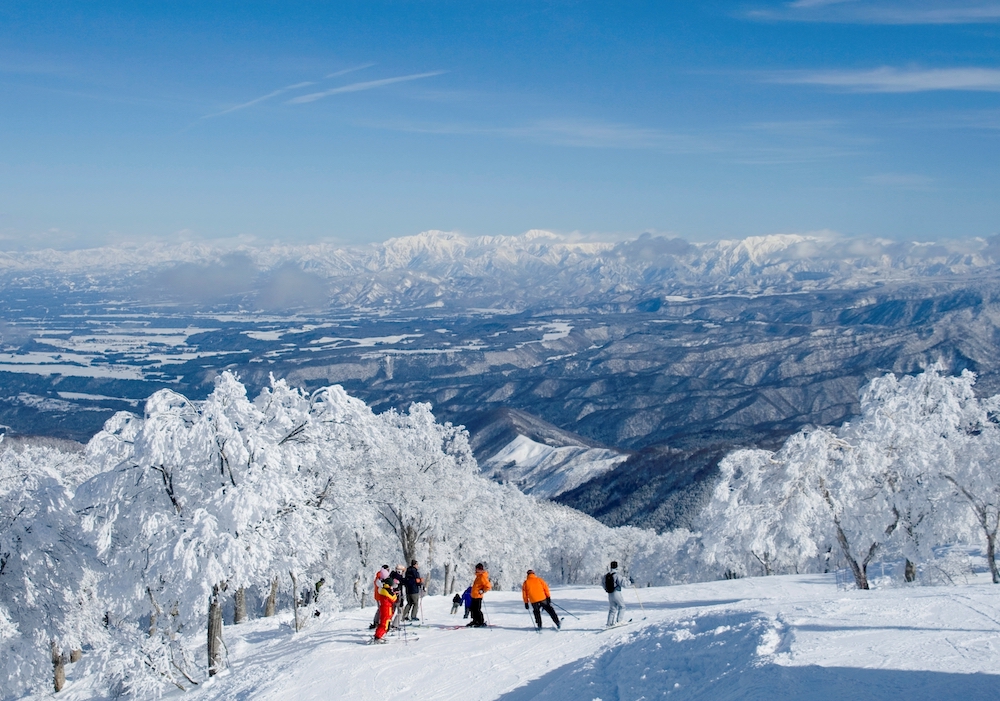
Ski, Snowboard and Take in the Sights at Nozawa Onsen’s Ski Slopes
There is a reason Nozawa Onsen is home to the Japan Ski Museum. People come from all over the world to experience the high-quality powder snow. The Northern Alps receive some of the highest snowfalls for a ski resort anywhere in the world and the prime location allows for ski resorts to stay open from December to May.
The picturesque mountains have 36 ski courses offering a wide variety of pristine runs that fit any level. The main ski area is Hikage, which is accessible from the village by the Yu road, which is the aforementioned free moving walkway. The ski area Yamabiko reaches such high altitude that you can see the Sea of Japan from up top. The Paradise ski area has gentle slopes that are perfect for beginners. Rinkan has a selection of paths running through the forest, and Utopia has a steep slope full of challenges that are great for mogul lovers and advanced skiers.
Nozawa Onsen’s ski park for kids has such activities as sledding, tubing and a bouncy castle. Kids can also meet Naski – the Nozawa Mascot Character. For really young kids there is the Yu-min Child Care Center at the Hikage Ski Resort. Parents can enjoy the slopes without worrying about entertaining their kids.
Nozawa Onsen’s Hot Springs: The Perfect Japan Escape
With more than 30 onsen, Nozawa Onsen provides multiple venues for rest and recovery following a hard day of skiing. Sulphur permeates the air as you stroll through the village, choosing the best place for a soak. Among all those baths there are 13 unique baths known as soto-yu, which are scattered throughout the heart of the village. Unlike most other hot spring baths where you wash yourself before climbing into the hot water, these baths are simply for soaking.
Nozawa’s steamy water is hotter than most of Japan’s hot springs. A dip in them leaves the skin feeling smooth, and the common belief is the mineral-rich water can cure certain aliments. The baths are free, but a donation is much appreciated. Outside of each soto-yu bathhouse are little figurines that represent the different animals of the Chinese zodiacal calendar. The most prominent of the bathhouses is the O-yu in the center of the village. O-yu is a symbol of the village and the traditional buildings that still resemble those from the samurai era. The unique architecture alone is worth a visit.
Shopping and Dining in Nozawa Onsen
The town is full of quaint streets abundant with souvenir shops and gourmet restaurants. You can find everything from vegan fare to charbroiled hamburgers. Since you are visiting Nagano why not try some of Nagano’s specialties like oyaki (a toasted snack with filling) or soba (buckwheat noodles).
Even better are the Nozawa Onsen delicacies. Locals boil eggs, corn and other foods in the hot spring water that they sell in the shops. The real specialty is the Nozawana Pickles. Nozawana is a local vegetable that is cooked in hot springs and then pickled. The residents of the village all have their own recipes, but you can purchase them at local shops. If you purchase some you should go eat them at the historic Kenmeiji Temple, which is believed to be the birthplace of the vegetables.
Nozawa Onsen Nights Light Up during the Annual Fire Festival
During most winters Nozawa Onsen hosts one of Japan’s top three fire festivals – Dosojin.
The event was reportedly canceled in 2021 due to the ongoing Covid-19 pandemic, and is currently unconfirmed for 2022.
The traditional festival with deep roots in the area lasts is held on January 15 every year and lasts for several hours into night. The locals burn a huge wooden shrine pavilion that is 10 meters high and eight meters in circumference. On the bottom of the pavilion are men who are 25 years of age. With one hand they grab the rope tied to the post of the wooden shrine pavilion and with the other they use fans made of pine leaves to beat back the advancing villagers who approach with torches of fire.
On top are men of 42 years of age who drop bundles of sticks to be lit. Both ages are considered unlucky so the festival is held in hopes of bringing them good luck. Eventually, the 25- and 42-year-olds are removed as the villagers prevail in pulling a cart with fire and win the battle as the whole pavilion is set ablaze. Even the elaborate decorations that are handmade by villagers are burnt as well. The whole festival is in honor of the Dosojin gods. These gods can be seen throughout the city and next to the welcoming signs as you enter the village.
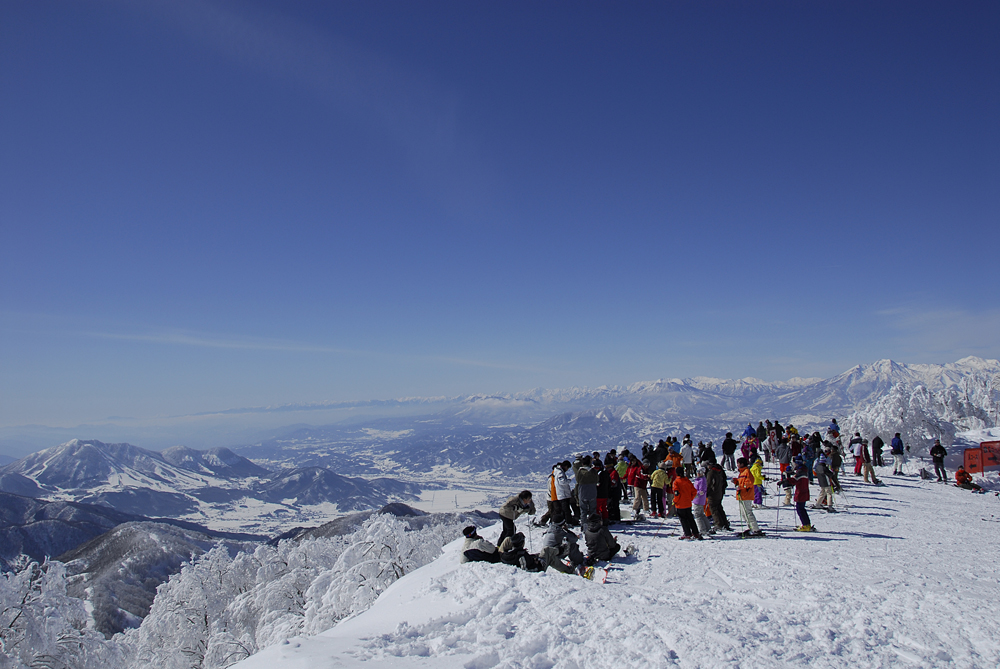
Due to fire, hot springs, and active skiing, Nozawa Onsen is one place to warm up during winter. Visiting the village allows you to experience some of Japan’s best skiing, hot spring baths, and one of Japan’s best fire festivals. Now that is the best way to cure the winter blues and leave with warm memories to cherish forever.
Access: From Tokyo Station take the Hokuriku Shinkansen about two hours to IIyama Station. Transfer to a local bus for Nozawa Onsen that departs in front of the station. The bus takes about 25 minutes. Find more information at http://en.nozawaski.com
When traveling during the Covid-19 pandemic please check local guidelines and restrictions.

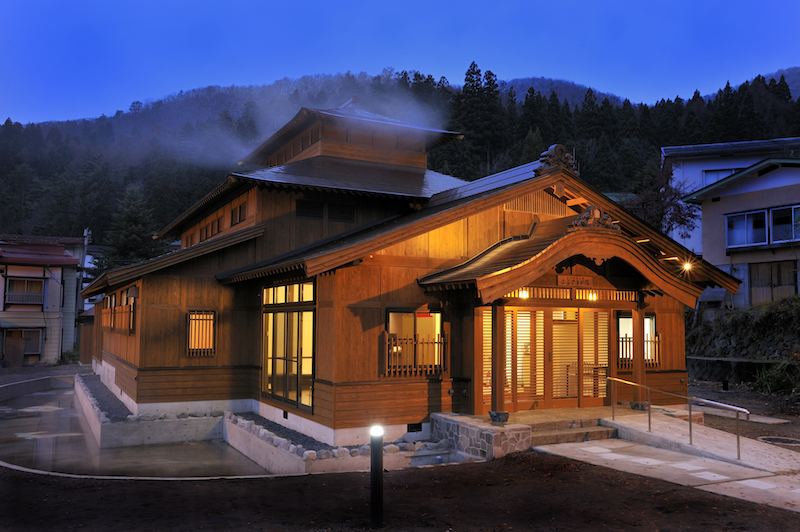
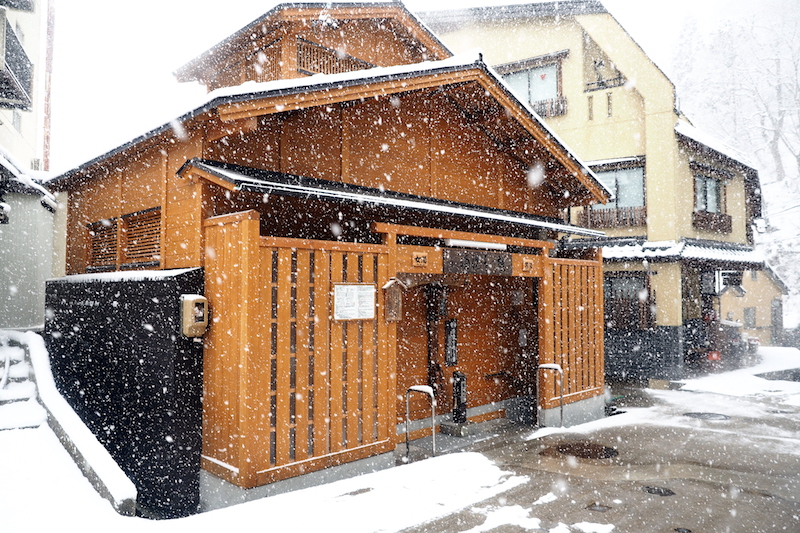
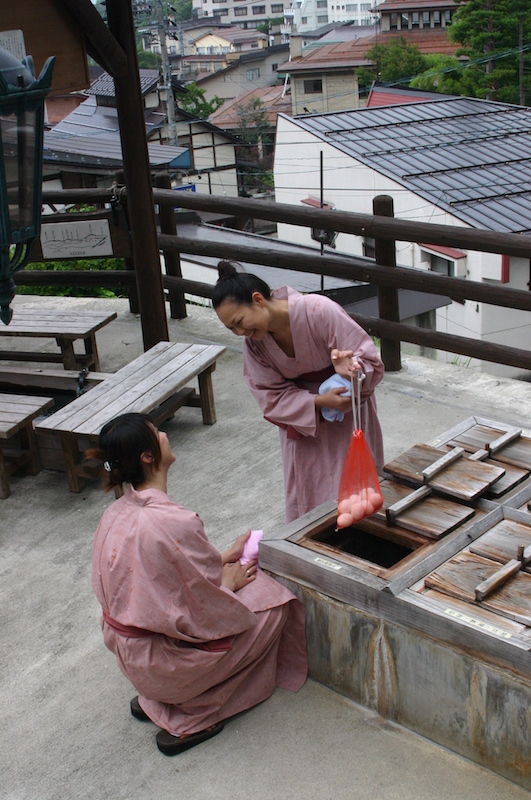
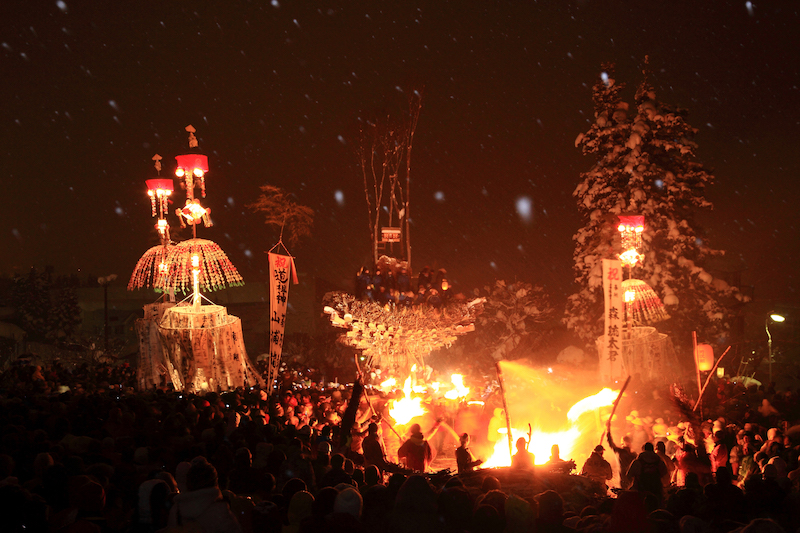
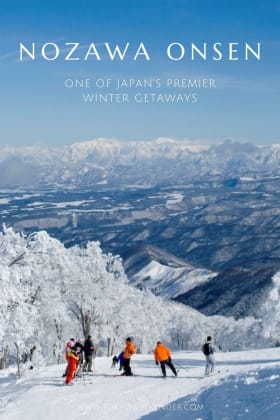 /div>
/div>





